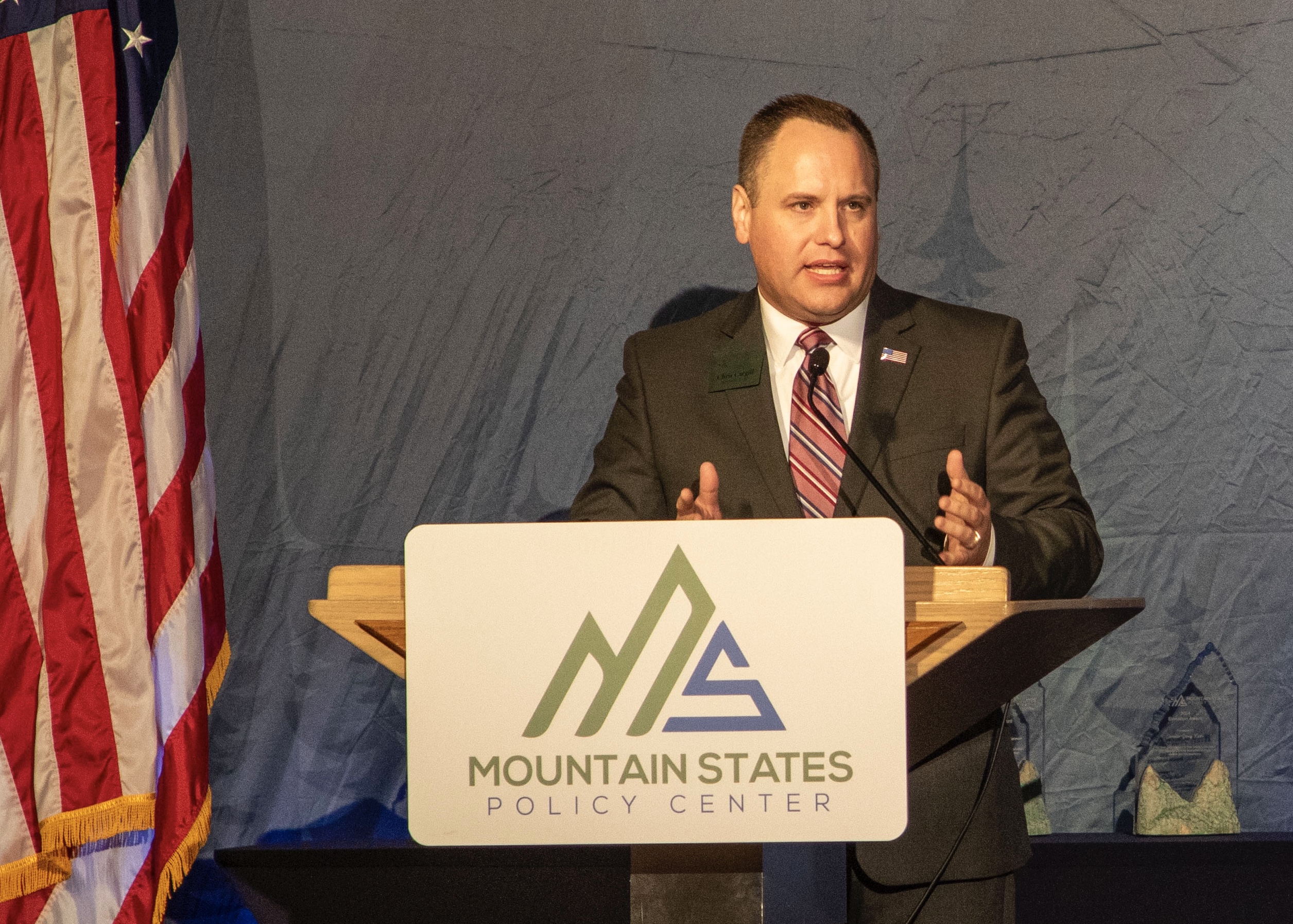Property tax headache – what’s the plan?
- Chris Cargill
- Mar 9, 2023
- 2 min read
Updated: Jul 21, 2023

One of the number one tax complaints throughout the state is the increasing cost to afford the property tax on a home. A surge in the number of buyers moving in from other states, as well as a regional booming economy, have caused both Idaho and Montana property tax assessments to balloon, and property tax rates have followed.
As we previously reported;
“From 2020 to 2021, there was a 20.2% increase in the assessed value of Idaho property, totaling $230.7 billion. Then from 2021 to 2022, assessed values increased by 43.7% to reach $332.1 billion.
To put this in perspective, in the last market run-up from 2005-2006 before the Great Recession, Idaho only experienced a 19.8% increase in assessed property values. Despite lowering levy rates throughout Idaho’s local governments, the property tax amount paid by each homeowner has increased substantially.”
Property tax relief has been built into Idaho’s property tax system for decades. Beginning in 1980, homeowners received a property tax exemption up to 50% of the value of their home, originally capped at $10,000. This exemption was deducted from the assessed value of the home, while the remainder was then the taxable value of the property. In 2006, Idaho began to rely upon the Federal Housing Price Index to set the exemption amount for property taxes and this number fluctuated with the housing market. In 2016, the Idaho legislature voted to cap the property tax exemption at $100,000 (which later increased to $125,000).
Because Montana does not rely on sales taxes, more of the burden is placed on property and income taxes.
Numerous proposals have been put forward to address the issue of rising property taxes in both states.
One such bill in Montana sought to fix appraisal values. But it has not moved.
Some of those elements include taking a portion of state funding and giving a credit to property tax bills, while in the second year of implementation the amount property owners pay for school district bonds and levies would also be reduced by state funding. Finally, it adds a provision that removes March election dates for bonds and levies.
On the Senate side, the most recent property tax reduction bill is SB 1111, “dedicates 4.5% of annual sales tax revenues to property tax relief, providing a subtraction from each homeowner’s total property tax bill.”
These changes may help reduce the cost for property owners in the short term, but will they stop overspending at the local level in the long run? It remains to be seen, but some state officials have laid some of the blame of higher property taxes on local governments that continue to spend and pass on costs to taxpayers.







Comments